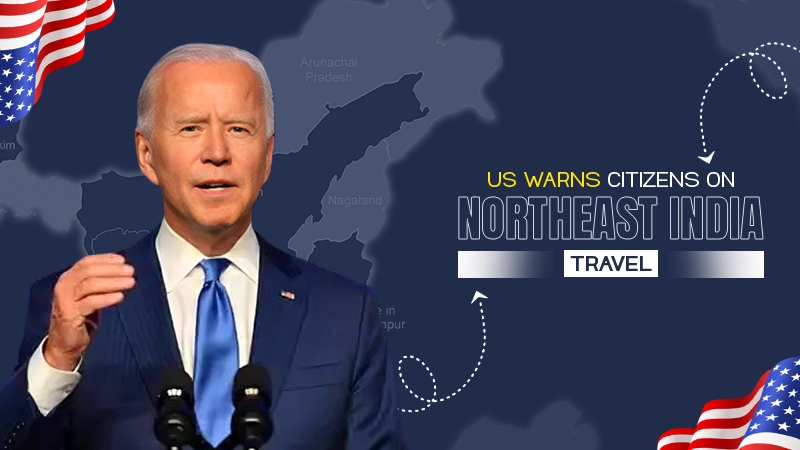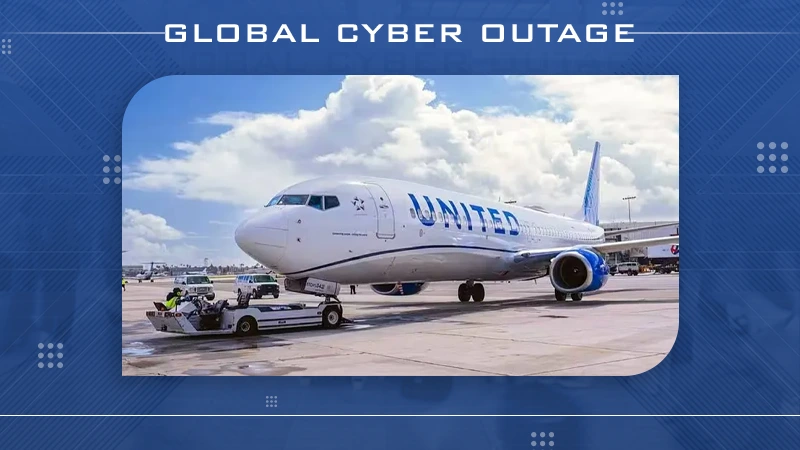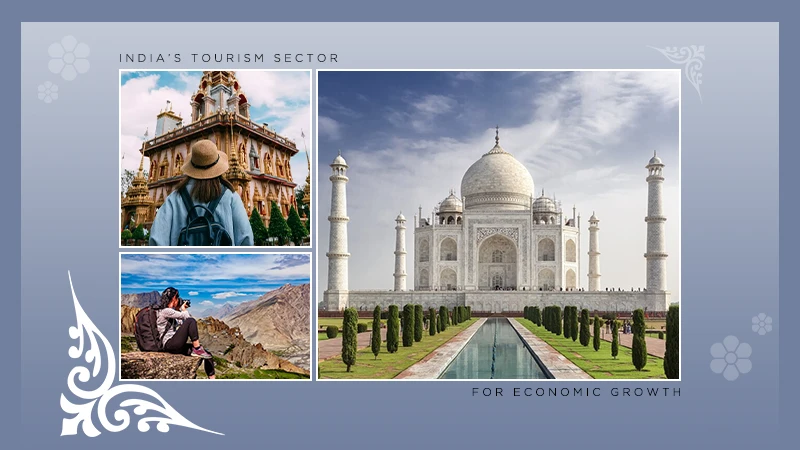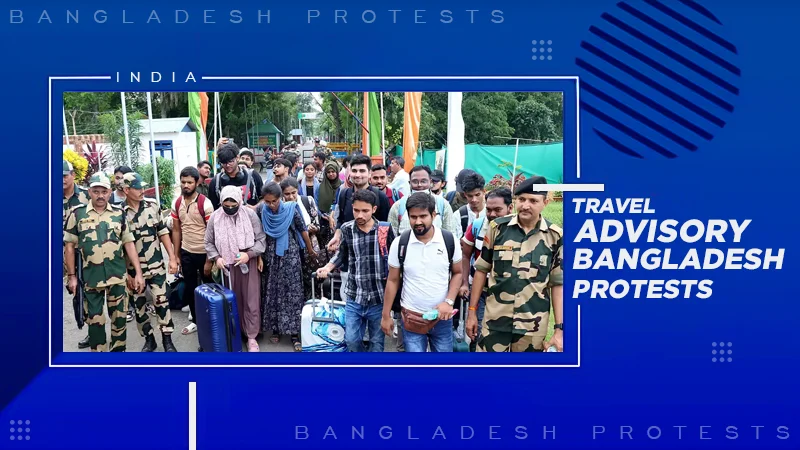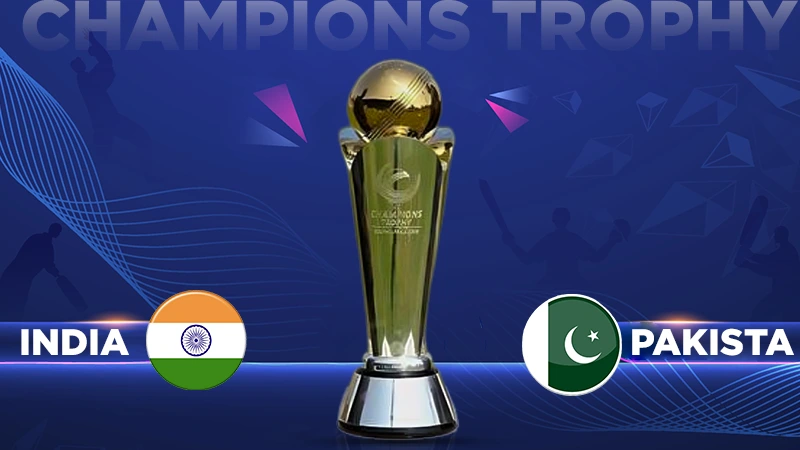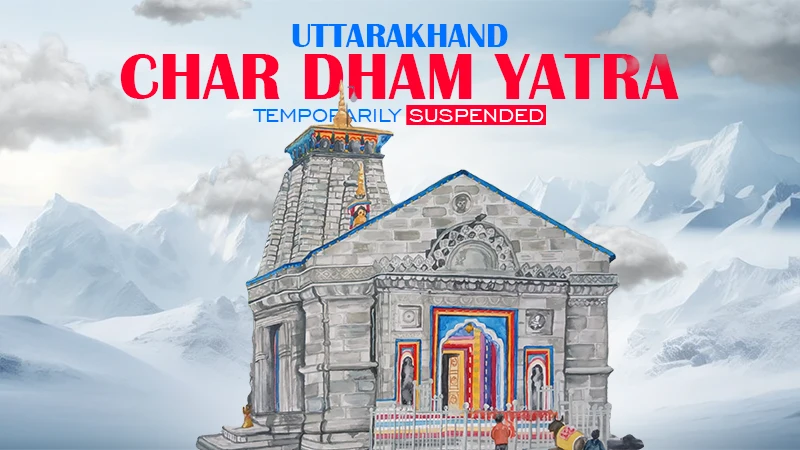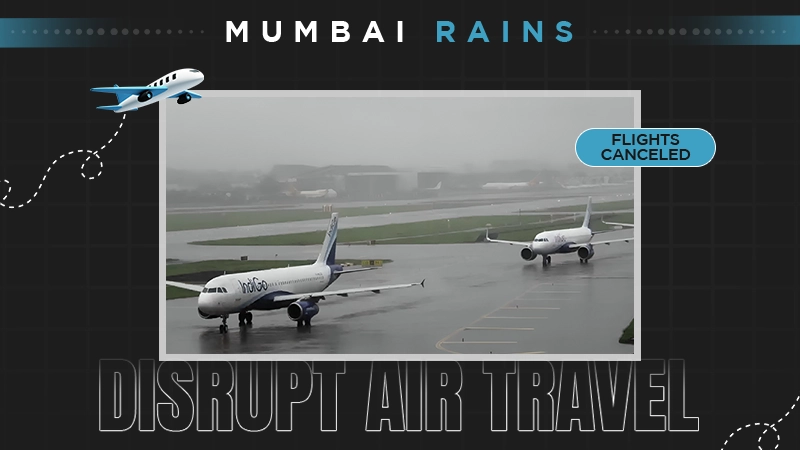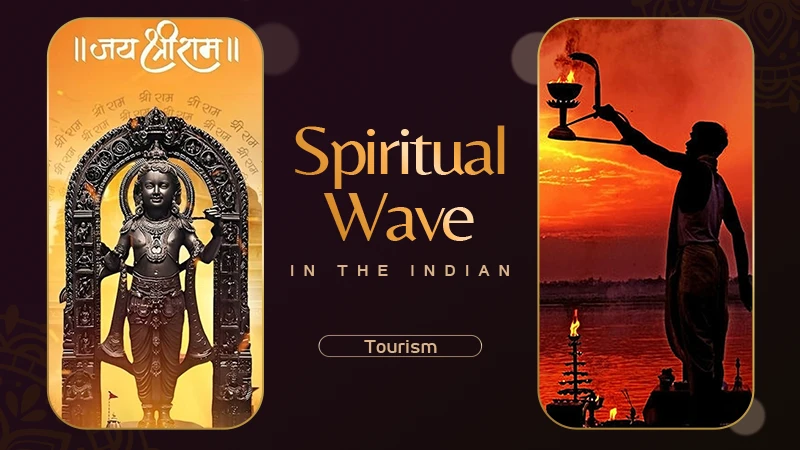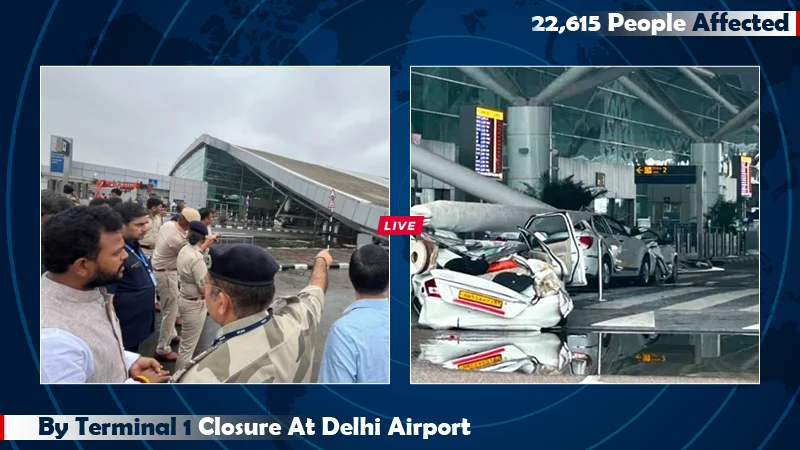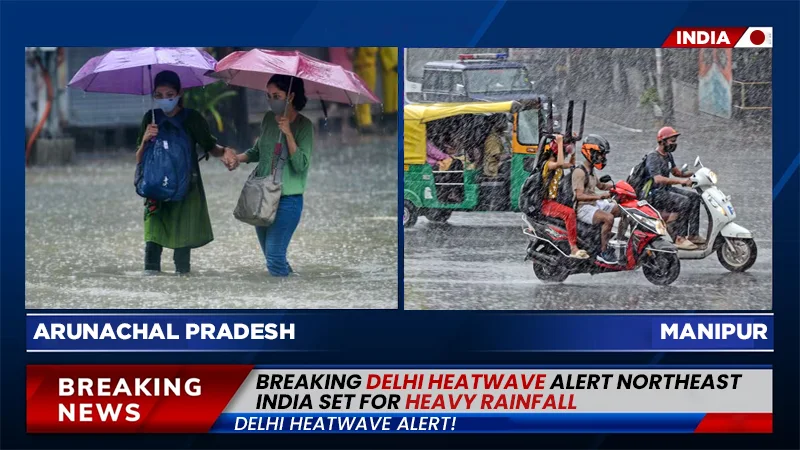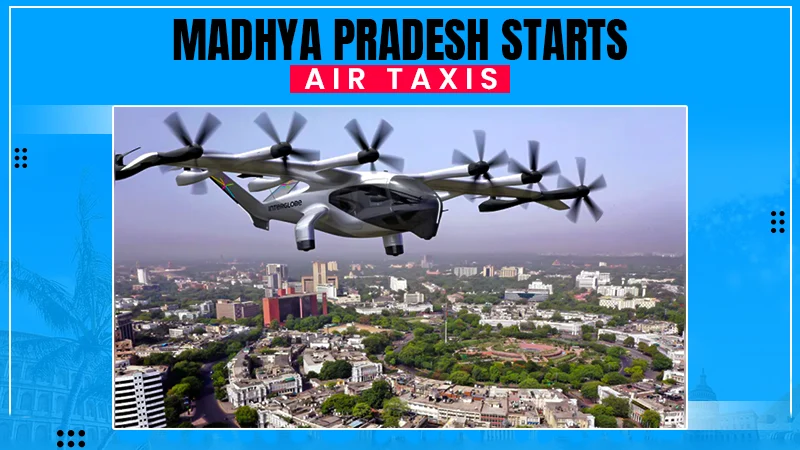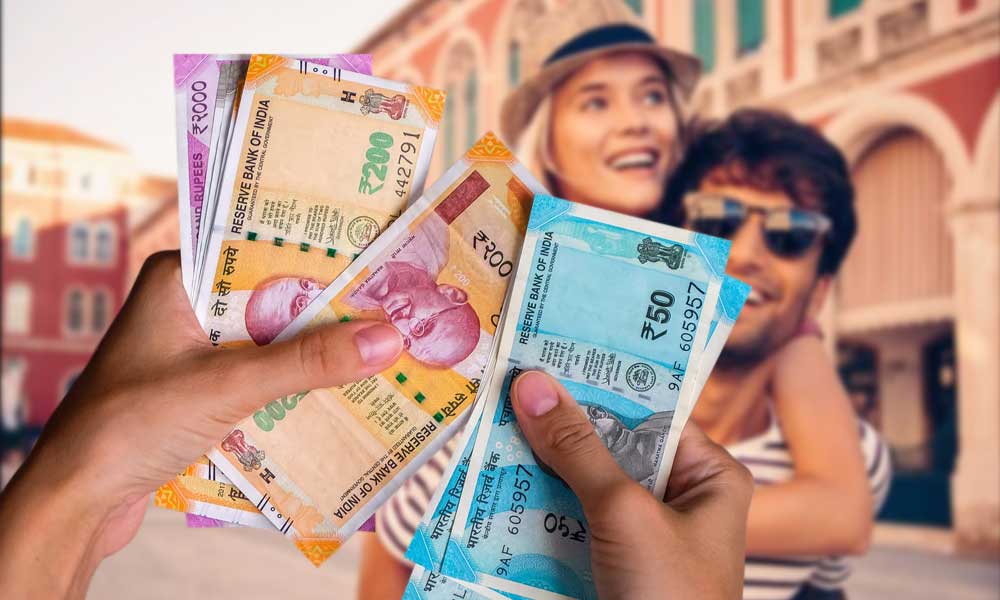
There’s no doubt that India fascinates and surprises tourists at every turn with its interesting history, architecture, spirituality, cuisine, and incredible scenic beauty, etc. The list is long.
But not only that, India is also among those countries which offer the best value for money. So, if you’re planning to visit India, you should know which money is used in India and from where you can buy Indian rupees.
It is very important for you as a traveler to know everything in detail about the currency of the country- right before your travel.
Money used in India:
Indian Coins:
In India, the worth of paise is so less, that the lowest value coin is the 50-paise coin that exists in the country as legal tender. Below is the total list of Indian Coins that exists:- 50p
- ₹1
- ₹2
- ₹5
- ₹10
Indian Notes:
And, Indian Rupees exists with the below-mentioned denominations:- ₹5
- ₹10
- ₹20
- ₹50
- ₹100
- ₹200
- ₹500
- ₹2000
- Valid proof of the individual (ID or Passport)
- Proof of their travel into India (Flight tickets, hotel booking, and accommodation details)
- Your proof of residence and it should not be more than three months old. Along with the temporary resident permit.
- Also, the individual exchanging the currency needs to submit a duly filled in Currency Declaration Form at the point of Currency Exchange, only if the currency being exchanged exceeds the value of USD 5000.
- You can get cash in India by exchanging the currency at the Airport itself. But the exchange rate may be far higher than the official rates.
- Withdraw money from an ATM but they’re unreliable and sometimes even may not recognize foreign bank cards.
- You can also get Indian currency from an informal money changer/agent. They attract you with a good exchange rate but the chances of being scammed are higher.
- Or lastly, from a designated collection point (usually a bank) tends to be safer as compared to others. It also offers reasonable exchange rates.
- Indian rupees rates against the US Dollar (USD/$), Euro (EUR/€), and Pound Sterling (GBP/£) are approximate to:
- ₹1 = $0.014
- ₹1 = €0.013
- ₹1 = £0.011
- Foreign currency exchange rate against Indian Rupees rates are:
- $1 = ₹71.37
- €1 = ₹79.07
- £1 = ₹92.98
- Cash
- Credit Card
- Debit Card
- Travel money card
- Traveler’s cheques
- Cash: It is difficult to manage cash and it can be stolen as well but cash makes your travel convenient and offers payment flexibility.
- Debit card: Debit card is widely acceptable, gives access to your own money, provides PIN security and can be canceled if stolen but then you’ll be left with no backup option. It may also charge ATM transaction fees and then currency conversion fees.
- Credit card: They’re accepted everywhere. Have built-in security as well as anti-fraud measures. Some credit cards give you complimentary insurance also. But, with a credit card, ATMs withdrawals may charge higher fees from you.
- Travel money card: If your card is compromised, Travelcard comes with a back-up. It is not linked to your bank account like your other cards. With a travel money card, you can easily reload money online and pay directly. But, some cards may charge a reload fee and the transfer process can take up to 6 days.
- Traveler’s cheques: with this, security comes as the main advantage because each traveler cheque has a unique serial number. It means traveler cheque can only be cashed with photo identification but fees are its main disadvantage. To get a traveler cheque and to cash them, the bank charges you a fee.
- Valid proof of the individual (ID or Passport)
- Proof of your travel into India (Flight tickets, hotel booking, accommodation details, etc.)
- Your proof of residence which should not be more than three months old (such as Utility bill etc.)
- And, the temporary resident permit.
The money in India is called the Indian rupee (INR). It is a closed currency and the Indian law states that you cannot purchase or have access to the Indian money outside India. It means tourists can only buy Indian rupees on arrival.
So, to get Indian currency in India might confuse you if you don’t have a clear understanding of the currency exchange procedure and list of documents required for currency exchange in India.
Exchange Currency Process:
The process is easy but foreigners are mostly concerned about being ripped off in India when it comes to exchanging money. So, to avoid getting yourself in that situation, you need to know everything in detail about the exchange currency process even before coming to India.
Also, having a clear understanding of the process would help the individual to carry the required documents along with them.
List of Documents Required To Exchange Currency in India-
Where to Exchange Currency for Indian Rupees
Indian Currency Exchange Rates:
It is also important to have a fair idea of Indian money exchange rates so that no one can fool you by offering a way higher exchange rates than the official rates.
However, exchange rates fluctuate daily but for a general idea, the Indian currency exchange rates are as follows-
ATMs and banks are widely available across the country, but still, India is considered a cash economy. Therefore, it’s important to have access to cash in India on your next trip. But don’t always rely on one spending option when it comes to money. You never know things can go missing, your cards can get swallowed up by ATMs or maybe your wallet picked from your pocket anytime. So, a combination of debit and credit card along with some extra cash will save you from such troubles.
Types of Money Methods You Can Use in India:
As mentioned in the above paragraph also, types of money methods you can use in India include-
Pros and Cons of Each Money Method:
What is the best currency to take to India?
Prefer to bring cash, bank card or traveler’s cheques if you’re visiting India. You can exchange or withdraw rupees once in India. Some major currencies like US dollars, euros and pound sterling are easy to exchange throughout India. But some banks can exchange other currencies (Canadian and Australian dollars) as well.
Should I get my currency converted into rupees before I go to India?
You can convert your currency into Indian rupees once you reach India and not before that because the Indian currency is not available outside the country.
But always remember to check the current rates before converting your currency into Indian rupees.
Is it expensive to visit India?
It depends on your taste and budget. For budget travelers, India usually seems like an incredibly least expensive destination.
You can easily survive in India with a spending limit of a minimum of USD 15 per day (if you’re on a tight budget).
And, if you can manage $35 per day or above it, your experience could be way much better. It could involve a wider variety of eating options, with nicer budget hotels and even many other things.
What documents do I need to exchange money in India?
The process of exchanging foreign currency into Indian rupees is not very difficult as it seems. You’ll require the following mandatory documents for currency exchange in India:

